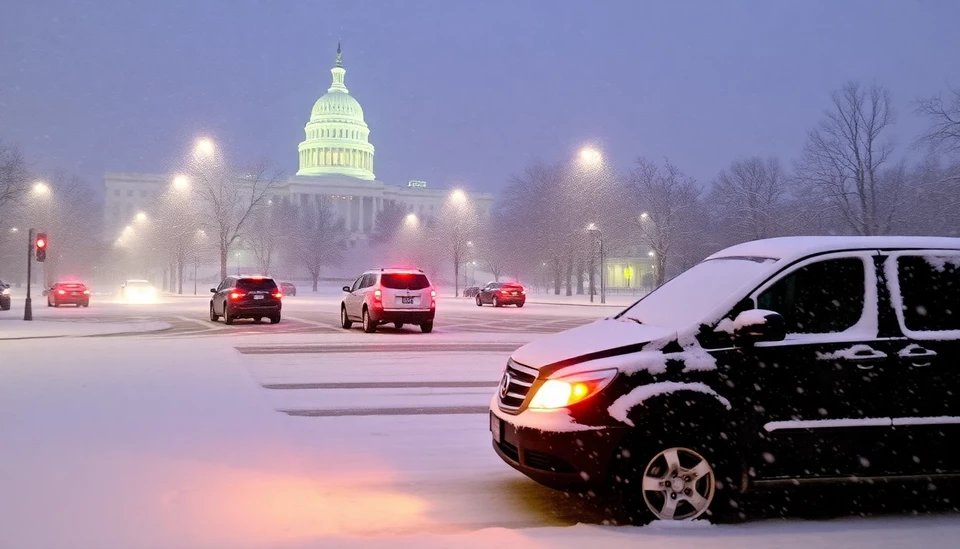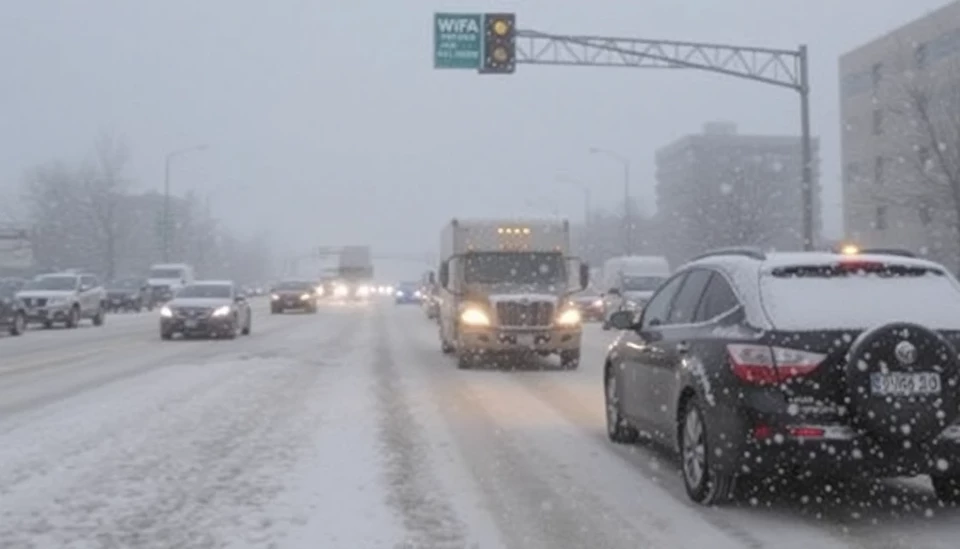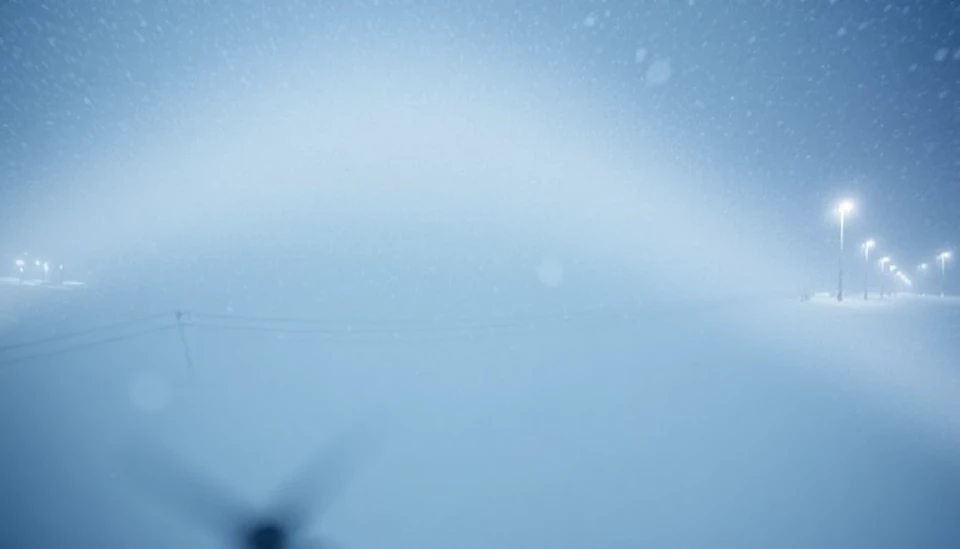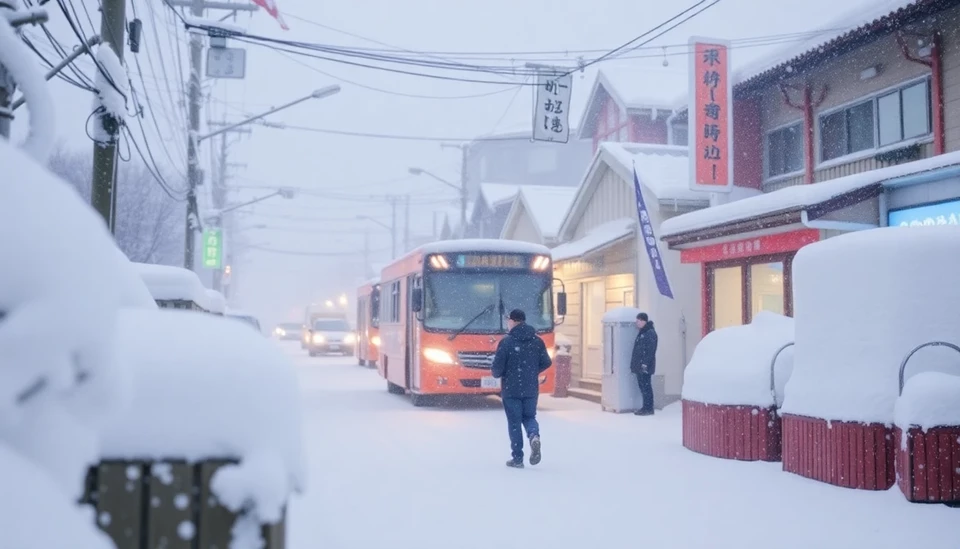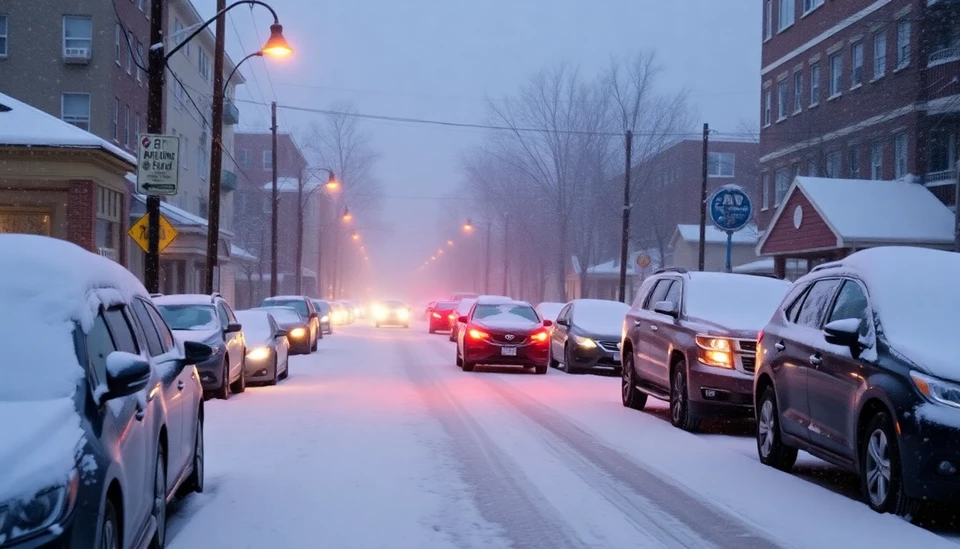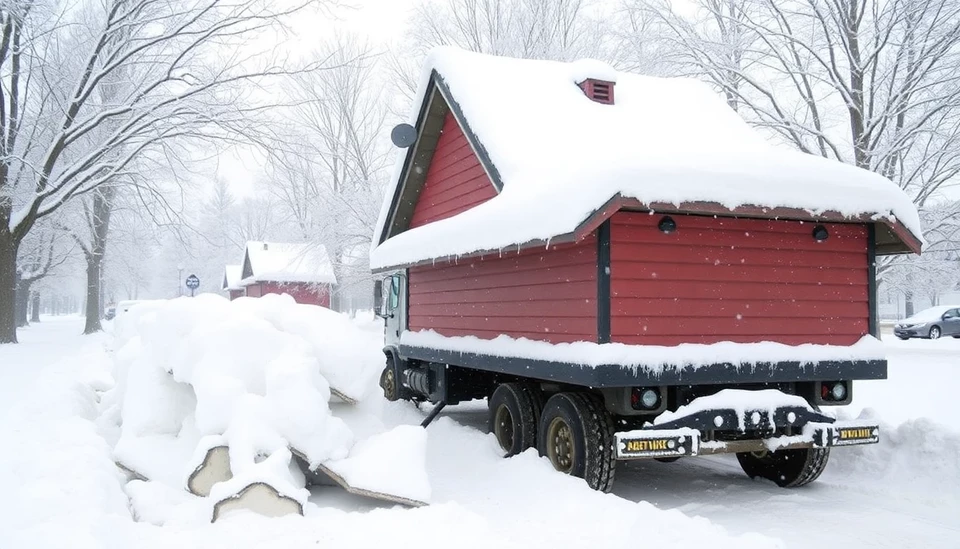
In an unprecedented weather event, a massive snowstorm has gripped the southern United States, causing widespread disruption and chaos. The storm, characterized by its intensity and duration, has been described as the worst in over a century, with some areas reporting snow accumulation not seen since records began.
The storm system, which began affecting the region on January 20, has dropped several feet of snow across parts of Texas, Louisiana, and Mississippi. Residents woke to winter wonderlands that quickly turned into treacherous landscapes as roads became impassable and power outages surged. Emergency services have been stretched to their limits, responding to numerous stranded motorists and downed power lines.
Local authorities scrambled to implement emergency measures, with many towns and cities declaring states of emergency. Shelters have been established to provide refuge for those without heat or power, as nighttime temperatures plunged into dangerous territory. The National Weather Service has issued multiple winter storm warnings, advising residents to stay indoors unless absolutely necessary.
The snowstorm's intensity can be attributed to a combination of atmospheric conditions that have created a perfect storm scenario. Meteorologists noted a significant shift in temperature patterns, leading to what they termed a “polar vortex” effect. This phenomenon has allowed cold Arctic air to sweep down into the southern states, leading to extreme snowfall that many didn't believe possible in more temperate regions.
Transportation has been severely impacted, with major highways closed and flights canceled across regional airports. The storm's broad reach has compounded the effects, making it difficult for both individuals and supply chains to navigate even local distances. Grocery stores have reported shortages as panic buying ensued when the storm's severity became apparent.
In addition to transportation issues, the storm has raised concerns about safety as many residents face potential health risks due to the extreme cold. Local health departments have stepped up their efforts to disseminate information on how to stay safe, particularly for vulnerable populations like the elderly and those with pre-existing health conditions.
In the aftermath of the storm, clean-up efforts are underway, though they are hampered by the ongoing snow and frigid temperatures. Power companies are working around the clock to restore electricity, while road crews are focusing on clearing major routes for emergency and supply vehicles. The resilience of communities is being tested as they band together to face the challenges posed by this historic winter event.
As the southern United States continues to deal with the fallout from this historic snowstorm, the forthcoming days will be critical in determining how quickly residents can return to normalcy. As recovery efforts progress, many are left to reflect on the severity of this winter and the future implications of climate change on regional weather patterns.
As temperatures remain dangerously low and the clean-up from the snowstorm persists, local governments are urging everyone to remain vigilant and to follow weather updates closely. With forecasts predicting further winter weather in some areas, residents are encouraged to be prepared for ongoing disruptions.
#Snowstorm #WinterWeather #USSouth #PolarVortex #ExtremeWeather #CommunityResilience #EmergencyPreparedness #ClimateChange #PowerOutages #TravelDisruptions
Author: Peter Collins
